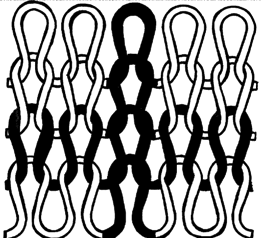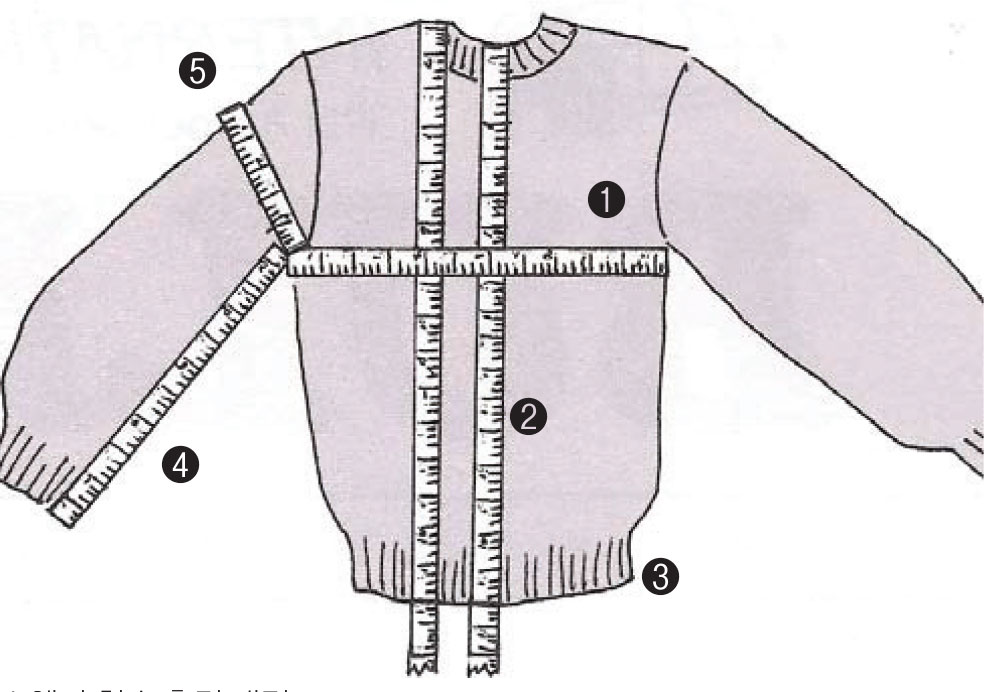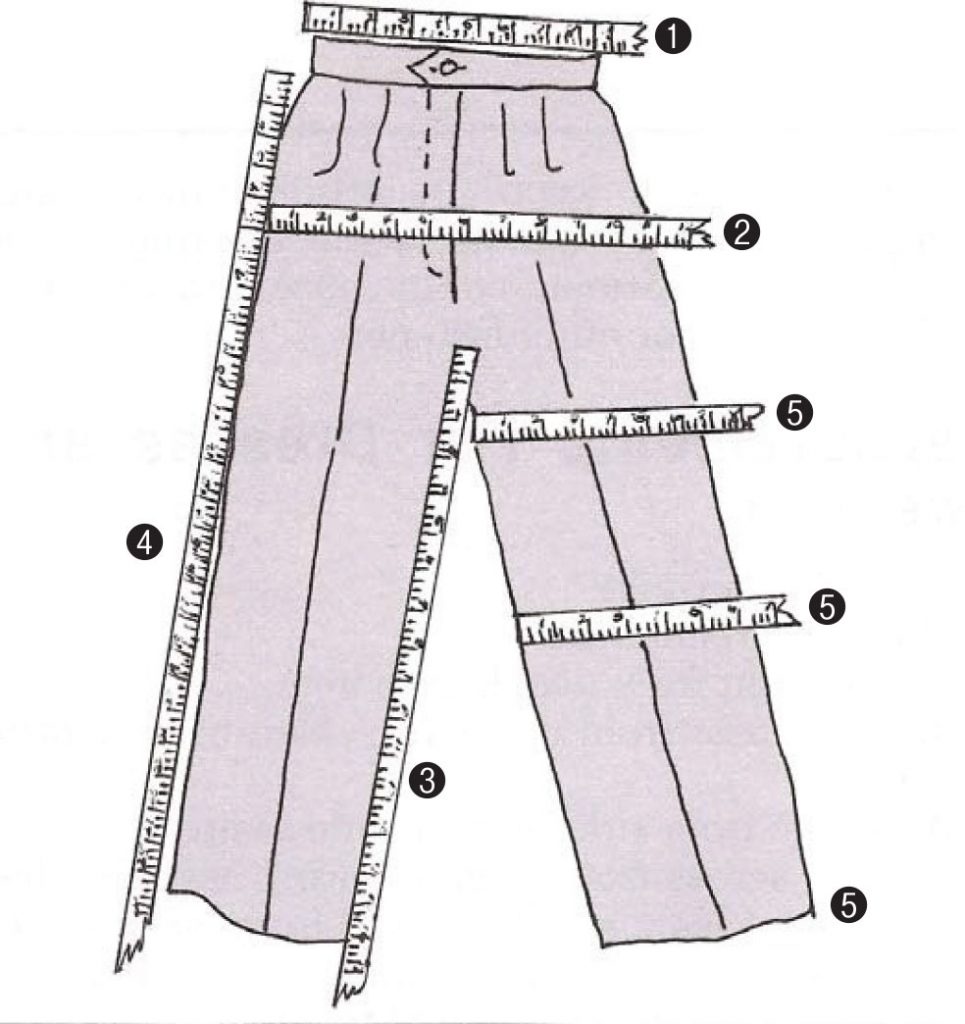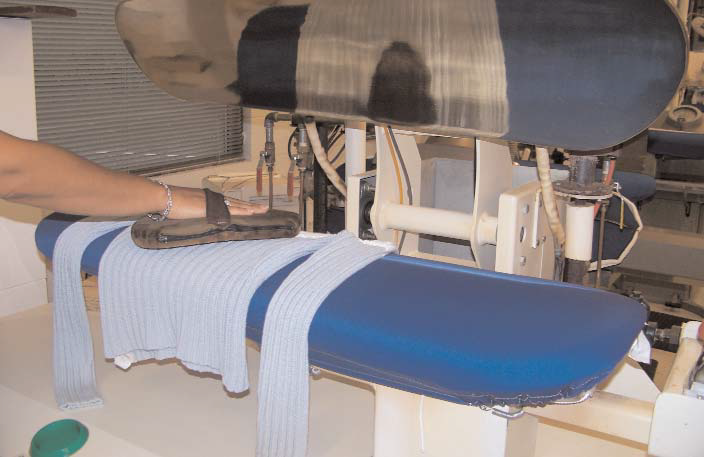
One or more strands of yarn looped together by hand or machine form a knit fabric. The knit stitch is found in socks, T-shirts, neck scarves, sweaters, and furniture throws. Knits, especially the lightweight, fluffy, loose types, can stretch or shrink in drycleaning or wetcleaning. Blocking is a method used to reshape a garment back to its original size and shape after cleaning.
MEASURING KNITS
Before you wetclean a knit garment or dryclean a very loosely knit item, you may want to measure it first. This will help determine if the item is restored to its original size and shape when you block it after cleaning.

Several tools help when measuring and blocking knits, including:
- a large flat surface
- tape measure
- standardized tag or diagram of measurement locations
- paper and tailor’s chalk or pencil for tracing sweaters or delicate items.
Note: You may want the customer present while the measurements are taken.

Take measurements that are appropriate for the garment’s style. Lay the garment on the table; smooth it out but do not stretch. Do not measure while a garment is hanging. Close zippers or other fasteners.
WHAT TO MEASURE FOR SWEATERS, BLOUSES, SHIRTS, SKIRTS, AND DRESSES
- Bust or chest from underarm seam to underarm seam
- Full length—front and back of garment from shoulder seam and neckline
- Waist—seam to seam
- Sleeve length from underarm seam to cuff
- Sleeve width at armhole and at wrist
- Hip (not shown)—7–9 inches below waist on dresses and skirts

WHAT TO MEASURE FOR PANTS
- Waistline from seam to seam or entire waist while closed
- Hip from seam to seam 7–9 inches from waist
- Inseam from crotch seam to hem
- Outside seam from waist to hem
- Width of leg at upper, middle, and bottom of pants leg

TRACING OPTION
If an item is valuable or delicate you may want to trace an outline of it. Lay it on a large piece of paper and trace around the outer edge with tailor’s chalk or a pencil. Mark reference points, such as shoulder seams.
BLOCKING
- Lay the garment double on the press or steam table.
- Align seams and open edges
- Cardigan sweaters should not be buttoned when blocked. Place buttonhole placket down first, then place the button placket on top.
- Work from neckline to hem using light steam and hand pad, measuring areas to be blocked.
- To block to size, moisten with light steam, re-shape the garment to the appropriate size, and vacuum dry.
- Push—do not pull—the garment to the next lay. Repeat until complete.
- Tighten rib knits by pushing it together with fingertips and using the hand pad.
- Severely stretched knits may have to be reshaped.

TIPS ON FINISHING KNITS
- Use only enough steam in finishing to relax wrinkles.
- Use bottom (buck) steam and light pressure from a foam hand pad or soft brush to remove and smooth wrinkles.
- Use minimal pressure on a knit. The knit should look soft, not matted or shiny, after finishing.
- Vacuum thoroughly before moving the item to the next lay. The weight of moisture in some knits can cause stretching.
- To avoid mildew knits should dry thoroughly before they are bagged.
- Acrylic knits are very sensitive to heat and may be permanently stretched or distorted if too much heat or steam is applied.
- Fold and hang a sweater over a hanger to avoid stretching and shoulder dimples.
This article is from DLI’s FF525.


